C. Richard
Université de Nice Sophia-Antipolis, CNRS, Nice, France
Band selection in RKHS for fast nonlinear unmixing of hyperspectral images
Mar 06, 2015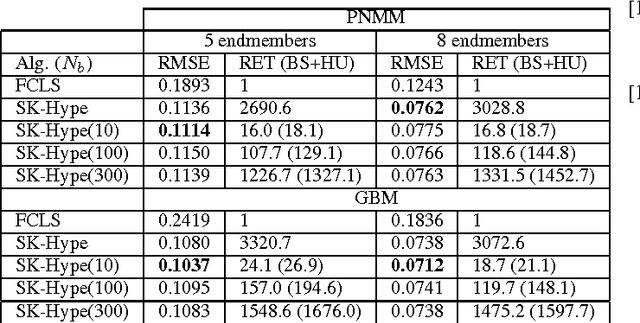
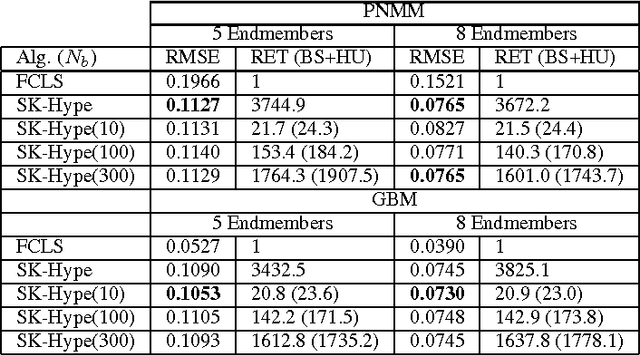
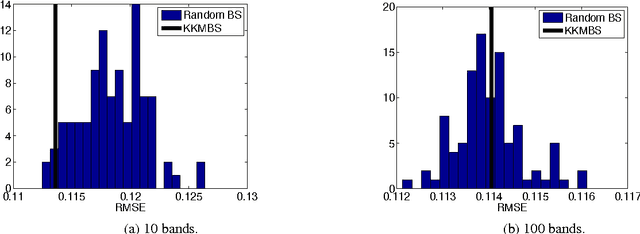
Abstract:The profusion of spectral bands generated by the acquisition process of hyperspectral images generally leads to high computational costs. Such difficulties arise in particular with nonlinear unmixing methods, which are naturally more complex than linear ones. This complexity, associated with the high redundancy of information within the complete set of bands, make the search of band selection algorithms relevant. With this work, we propose a band selection strategy in reproducing kernel Hilbert spaces that allows to drastically reduce the processing time required by nonlinear unmixing techniques. Simulation results show a complexity reduction of two orders of magnitude without compromising unmixing performance.
Estimating the Intrinsic Dimension of Hyperspectral Images Using an Eigen-Gap Approach
Jan 22, 2015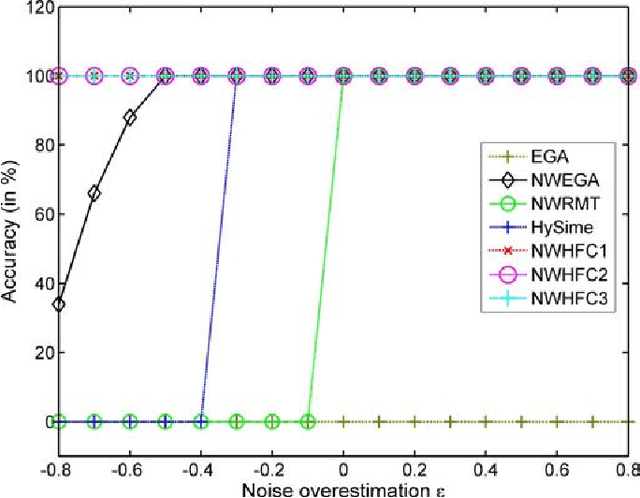
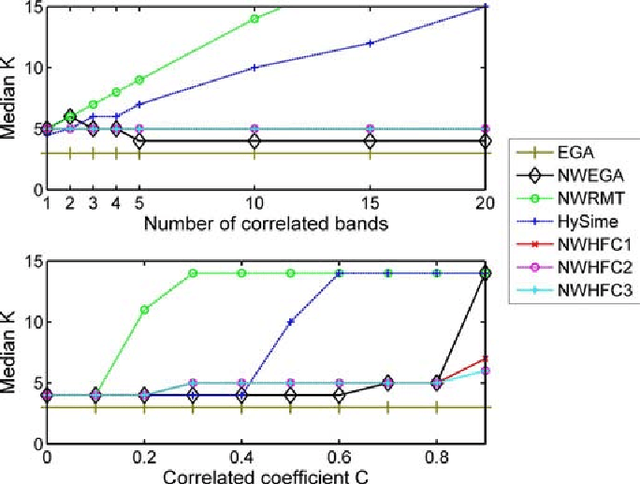
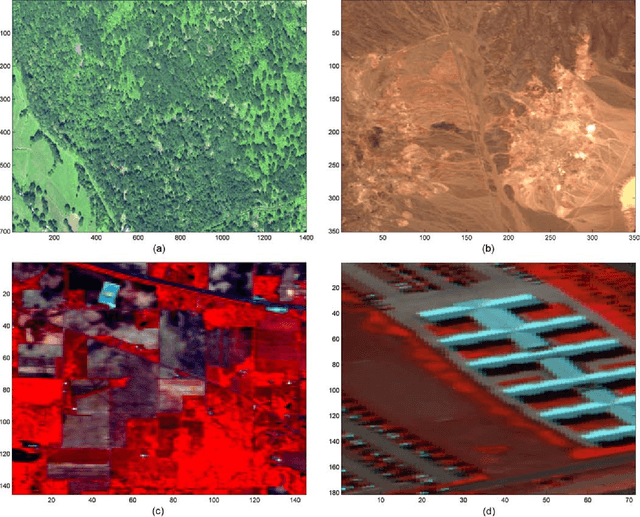
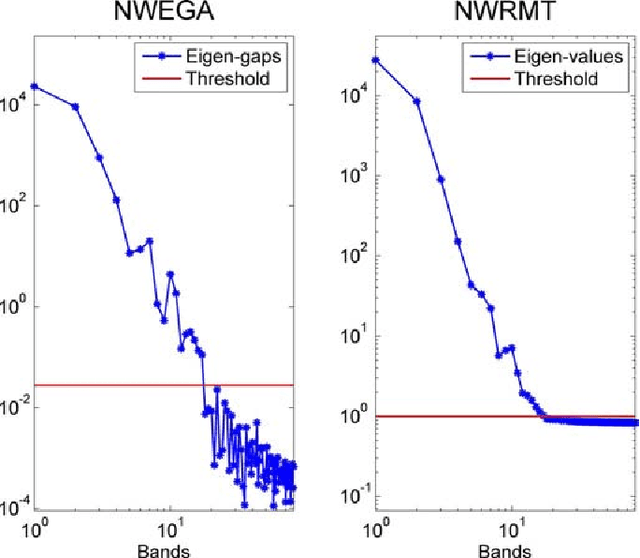
Abstract:Linear mixture models are commonly used to represent hyperspectral datacube as a linear combinations of endmember spectra. However, determining of the number of endmembers for images embedded in noise is a crucial task. This paper proposes a fully automatic approach for estimating the number of endmembers in hyperspectral images. The estimation is based on recent results of random matrix theory related to the so-called spiked population model. More precisely, we study the gap between successive eigenvalues of the sample covariance matrix constructed from high dimensional noisy samples. The resulting estimation strategy is unsupervised and robust to correlated noise. This strategy is validated on both synthetic and real images. The experimental results are very promising and show the accuracy of this algorithm with respect to state-of-the-art algorithms.
Proceedings of the second "international Traveling Workshop on Interactions between Sparse models and Technology" (iTWIST'14)
Oct 09, 2014

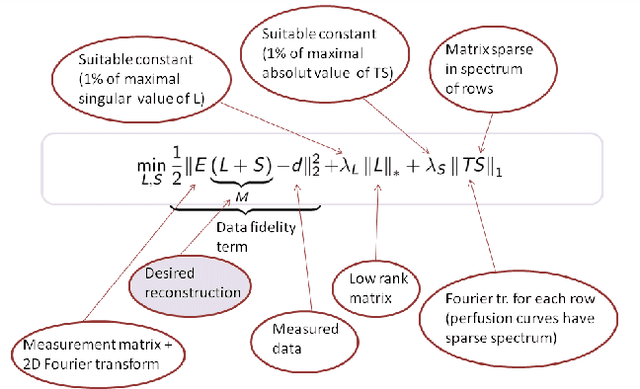
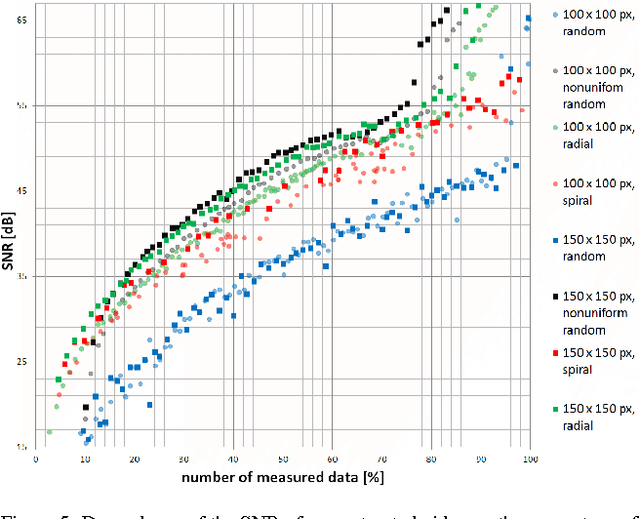
Abstract:The implicit objective of the biennial "international - Traveling Workshop on Interactions between Sparse models and Technology" (iTWIST) is to foster collaboration between international scientific teams by disseminating ideas through both specific oral/poster presentations and free discussions. For its second edition, the iTWIST workshop took place in the medieval and picturesque town of Namur in Belgium, from Wednesday August 27th till Friday August 29th, 2014. The workshop was conveniently located in "The Arsenal" building within walking distance of both hotels and town center. iTWIST'14 has gathered about 70 international participants and has featured 9 invited talks, 10 oral presentations, and 14 posters on the following themes, all related to the theory, application and generalization of the "sparsity paradigm": Sparsity-driven data sensing and processing; Union of low dimensional subspaces; Beyond linear and convex inverse problem; Matrix/manifold/graph sensing/processing; Blind inverse problems and dictionary learning; Sparsity and computational neuroscience; Information theory, geometry and randomness; Complexity/accuracy tradeoffs in numerical methods; Sparsity? What's next?; Sparse machine learning and inference.
 Add to Chrome
Add to Chrome Add to Firefox
Add to Firefox Add to Edge
Add to Edge